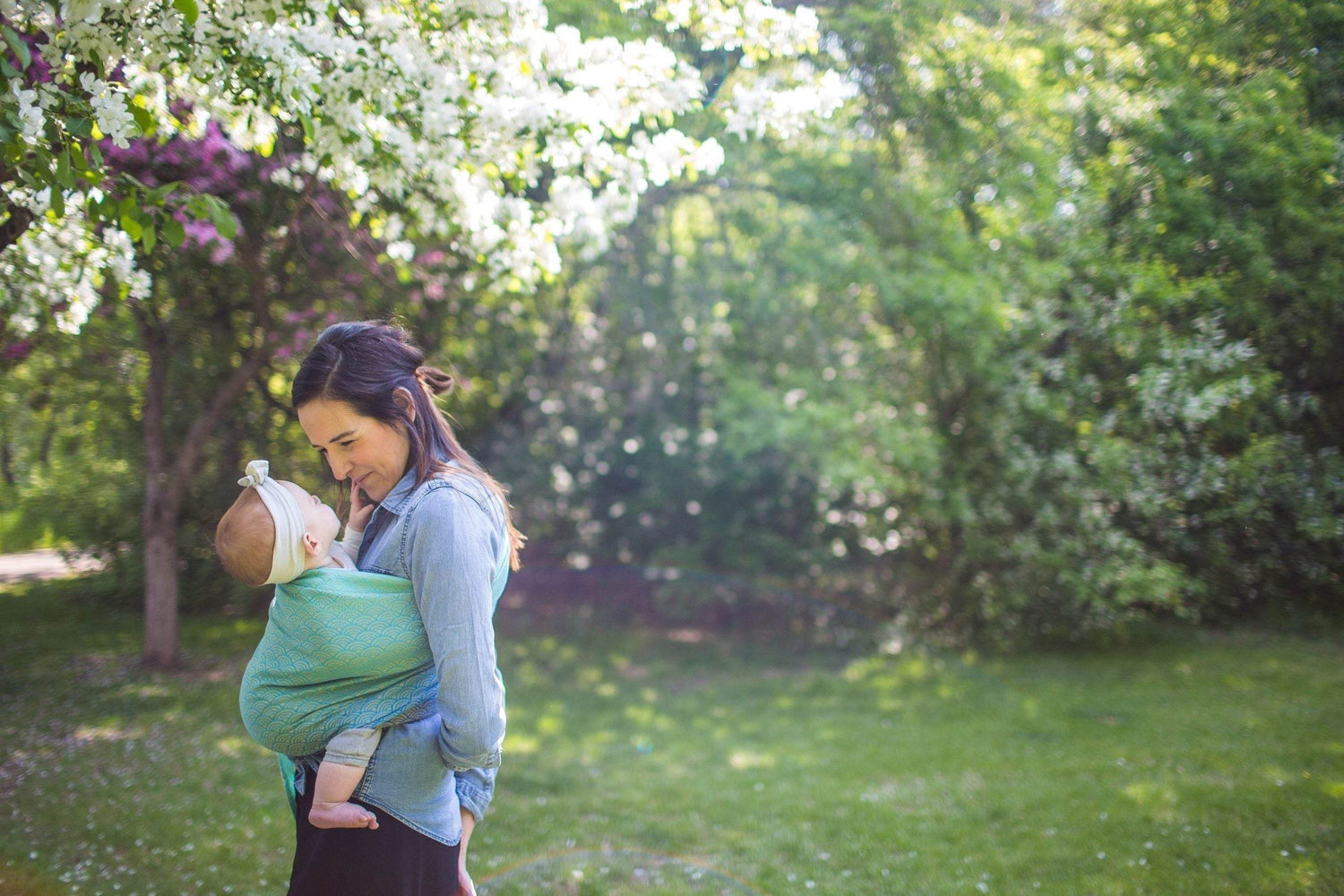
What is My Baby Trying to Tell Me in the Sling?
Babies communicate from birth, and as each day passes you both understand each other more. When you respond to their needs, it builds a firm foundation for positive mental health as they learn that they are loved, they are safe, and they are cared for. Before babies get upset and cry, they often exhibit tiny cues that indicate they're becoming less than content. One of the incredible benefits of babywearing is that from their close position you can notice their little cues early, and help to meet their needs more quickly.
Some of these cues might be related to babywearing, or it might be that they have other basic needs that they're asking for. Babies are more likely to be content when they are well fed, well slept, have a clean nappy, are not in pain, and are the correct temperature. You know your baby best and that loving relationship that you have is strengthened each time their needs are met.
We explore some of these cues and behaviours you may see when your little one is being carried, and consider what they might signify.

Being carried in view means you can see their facial cues.
What does it mean if my baby turns their head from side to side?
Is your little one hungry? Before a baby gets upset from being hungry they often move their head from side to side, open and close their mouth, and begin to move as if they're looking for their food. Holding your baby close means that you can feel this really early, from the very first head turn and little wriggles. Babywearing can not only help you detect these cues, but holding your little one close has been shown to benefit breastfeeding too. You can even use your wrap or ring sling as a feeding aid.
If you're sure that your little one is well fed, perhaps they need the sling adjusted to help satisfy their desire to see more and using carries with horizontal passes, like the front wrap cross carry, or using shoulder flips with diagonal passes are a fabulous way of ensuring that your baby is well supported by the wrap and keeps the fabric well away from their face, ensuring both clear airflow and great visibility for them, and enables you to easily perceive their cues.

Constellation Orbit Baby Wrap with shoulder flip
Why is my baby sucking on things?
This is another feeding cue that usually means your little one is hungry. Sucking on their hands, trying to suck your skin, or even perhaps the baby carrier usually means they're ready to eat. As your little one grows you may find that they're sucking or chewing on things more as their teeth come through. Studies have shown that holding your baby close during this time actually acts as a form of pain relief for them, another reason why we love babywearing!
All of our slings are made from Oeko-tex certified fabric so they are safe if your little one does suck on them.

Why is my baby moving around in the baby carrier?
This is another way your little one can let you know that it's time for food! As we're sure you know, your little one will use many ways to try and attract your attention if they're hungry, but it can also mean a lot of other things too. If you know it's not hunger, are they a good temperature? Being close to you enables you to quickly feel if they've become sweaty or very warm, and allows you to easily touch their hands and feet to make sure they're not too cold.
Read our safety blog for more information on maintaining an optimal temperature for your little one and what to wear when being carried.
A different but common reason for their little wiggles might be that they've filled (or are filling) their nappy and they feel a bit uncomfortable. Having your baby held close means that you can feel (and sometimes smell!) if they're uncomfortable very early on. While this might not seem like a benefit, it means that you can react to their needs very quickly, and changing them fast can help to prevent nappy rashes and keep their skin feeling dry and comfortable.
Another possibility is that they would benefit from a pelvic tuck. When we carry little ones in wraps and slings, we make sure that their pelvis is tilted in such a way that it's both optimum for development and comfortable for them too. With a wrap or ring sling this is achieved by how we position our little one during wrapping, with a deep squat position and the fabric supporting them from knee to knee. A tilted pelvis allows them to sit in that lovely deep seated squat position that is really comfortable for your little one. You can see how this looks in a carrier in the video above.
Finally, babies love to move and benefit from frequent movement breaks. They love to play with their hands, and as they get older even suck their toes and practice rolling. Perhaps your little one has decided it's time to play. The same wrap that was used to carry your little one, can quickly become their favourite game! Peek-a Boo, a snake to chase, or even a den - wraps offer so many possibilities.

Baby Wrap with wide squat
Why is my baby swinging their legs in the baby carrier?
This may be an indicator that they're uncomfortable, and need a nappy change, an adjustment to their sling, a pelvic tuck - or they may just be having fun! All slings should support them from knee pit to knee pit, in a lovely M position for optimum comfort - and if your little one is content otherwise - then they could be swinging their legs as they begin to explore their movements and show their joy being carried by you.

Why is my baby rubbing their eyes?
Eye rubbing usually means your baby is tired. Babies sometimes fuss a little before settling down for a nap. Taking them for a walk in a baby carrier in an upright safe carry where they can hear your heartbeat and be soothed by your gentle movement can help bring calm, help them to relax and take that nap that they've been fighting.

Why is my baby arching their back in the baby carrier?
Parents may assume that their baby doesn't want to be in the baby carrier any more if they arch their back. This could be the case, some other options are:
- Your baby has an uncomfortable tummy - trapped wind or reflux
- They want a better view
- They may be feeling insecure or uncomfortable
We'd recommend that you have a quick check of your positioning, making sure that your baby is safe and comfortable, and that they feel well supported.
Whenever we are putting on a sling or a carrier, we do it gently, taking our time, and making sure that our little one is well supported throughout. We talk to them and let them know what's happening, and that can help reassure and calm them.
If your baby is still upset, you could take them out of the sling, cuddle them into the same position in your arms and see if they're still unsettled.
Why is my baby upset in the baby carrier?
If your little one is only upset in a baby carrier, there are lots of different reasons that this may be, from being thirsty, having a twisted sock, really wanting to play with a specific toy, or wanting to go outdoors. This article by Dr Rosie Knowles comprehensively explores crying in a sling, and this blog by Baby Carrying Consultant Jillyan Graham looks at how developmental stages can have an impact.
In terms of illness, the NHS says "If your baby's crying constantly and you cannot console or distract them, or the cry does not sound like their normal cry, it can be a sign they're ill" and you can read next steps to take in this case here.
We hope this article has helped you understand what your baby is trying to tell you while being carried in the sling and has given you yet another reason to continue enjoying your baby carrying journey together. Let us know if you have any other questions about carrying, or if you've noticed any other cues! We love to chat!
Further Reading:
Carrying:
Bonding with your child:
7 Reasons Cuddles are Important
Postnatal Depression and Babywearing
https://www.nhs.uk/conditions/baby/caring-for-a-newborn/soothing-a-crying-baby/
Why baby doesn't seem to like being in the sling
https://www.carryingmatters.co.uk/help-my-child-cries-in-the-sling/
Safe Sleep Information:

Best Baby Carrier For Newborns 2025
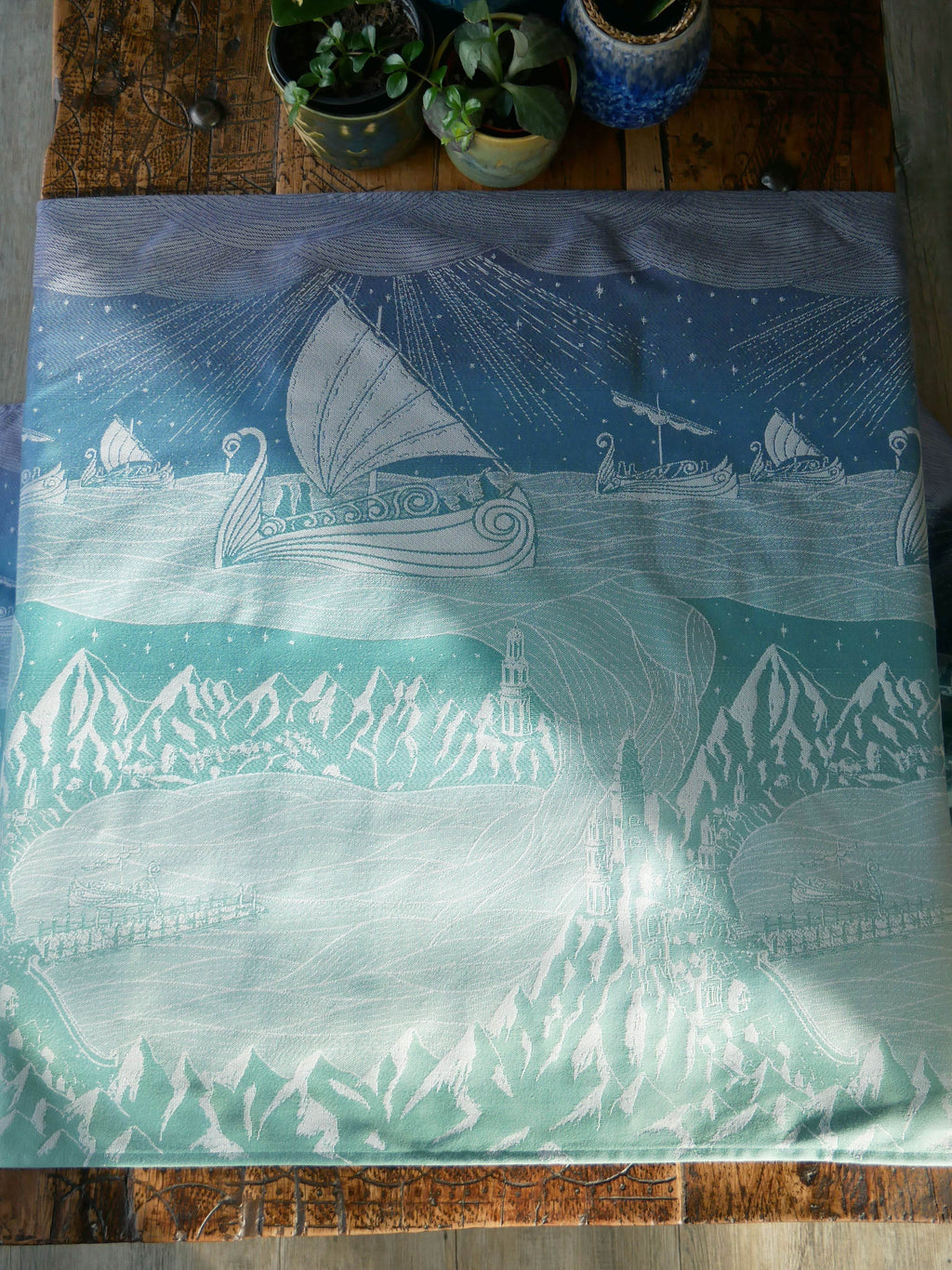
Grey Havens: Oscha Lord of the Rings Design Development

Can Baby Carriers Cause Back Pain?
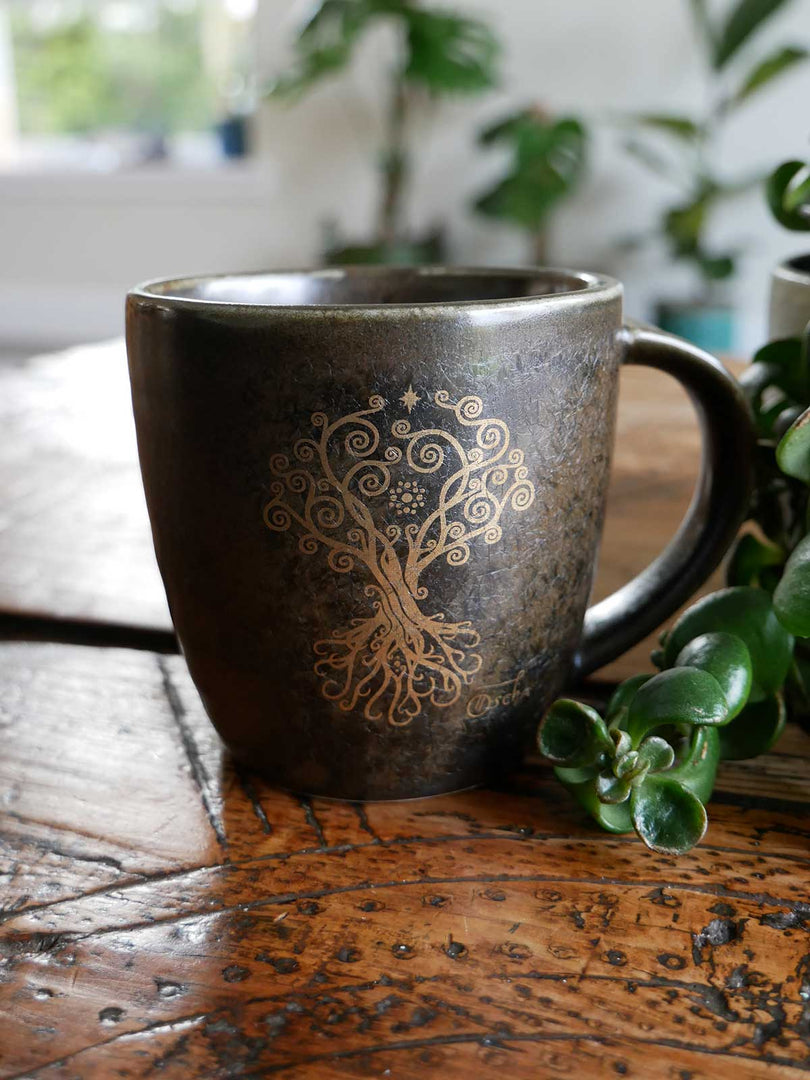

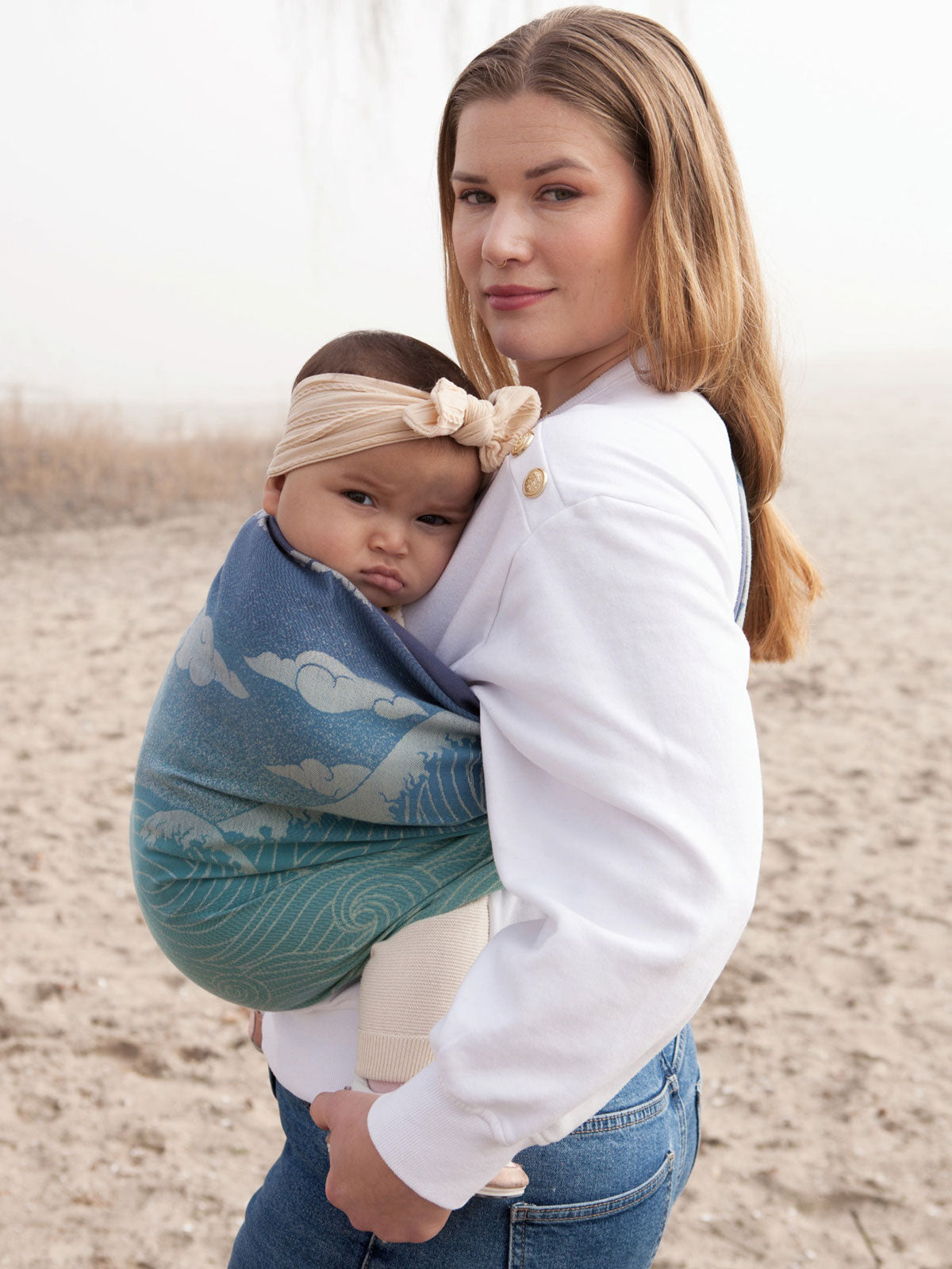
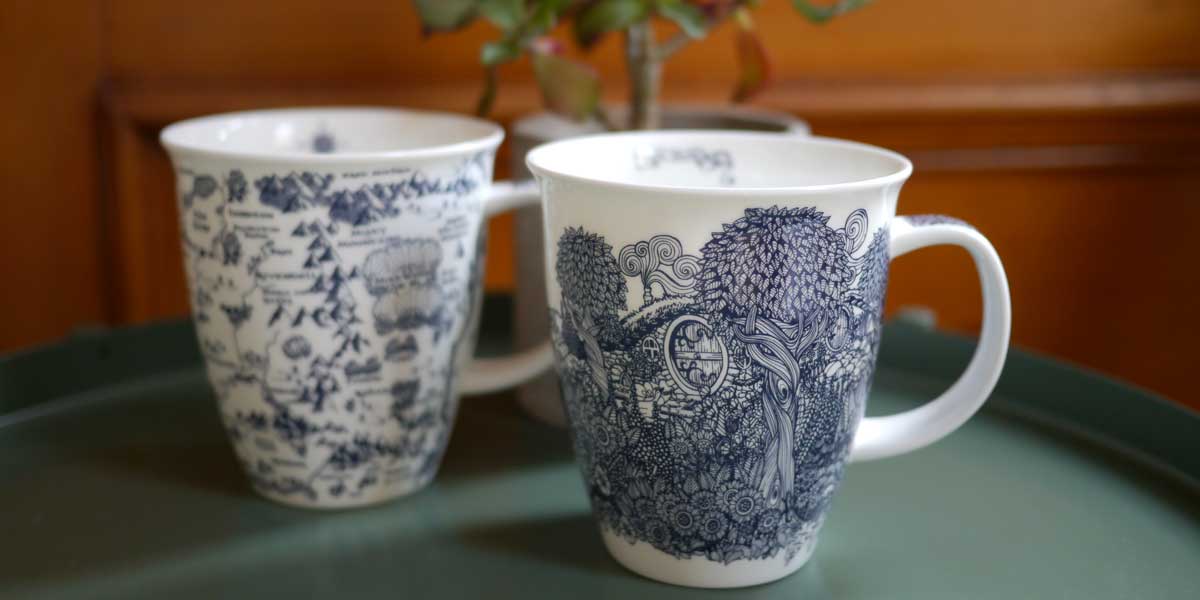
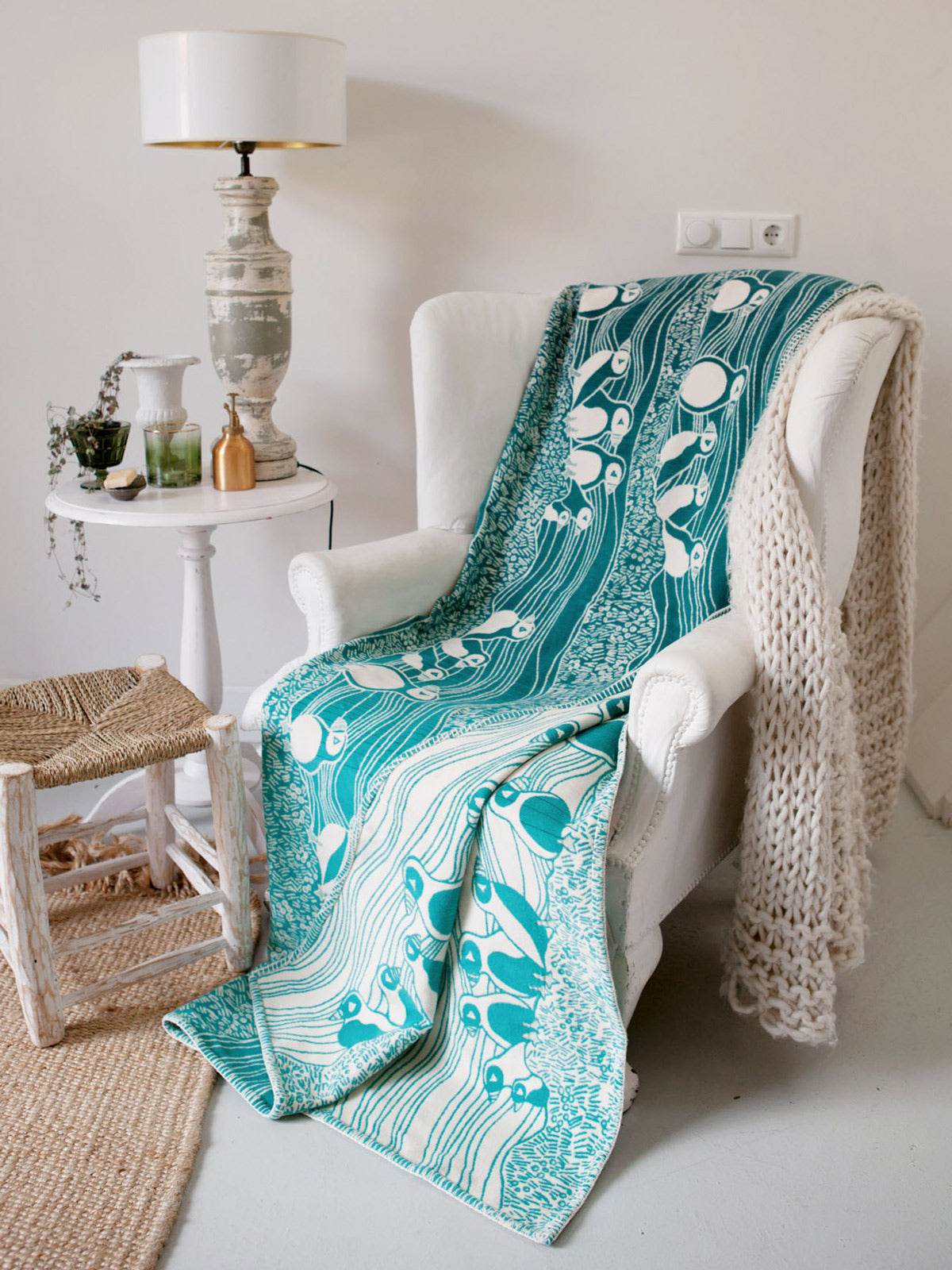
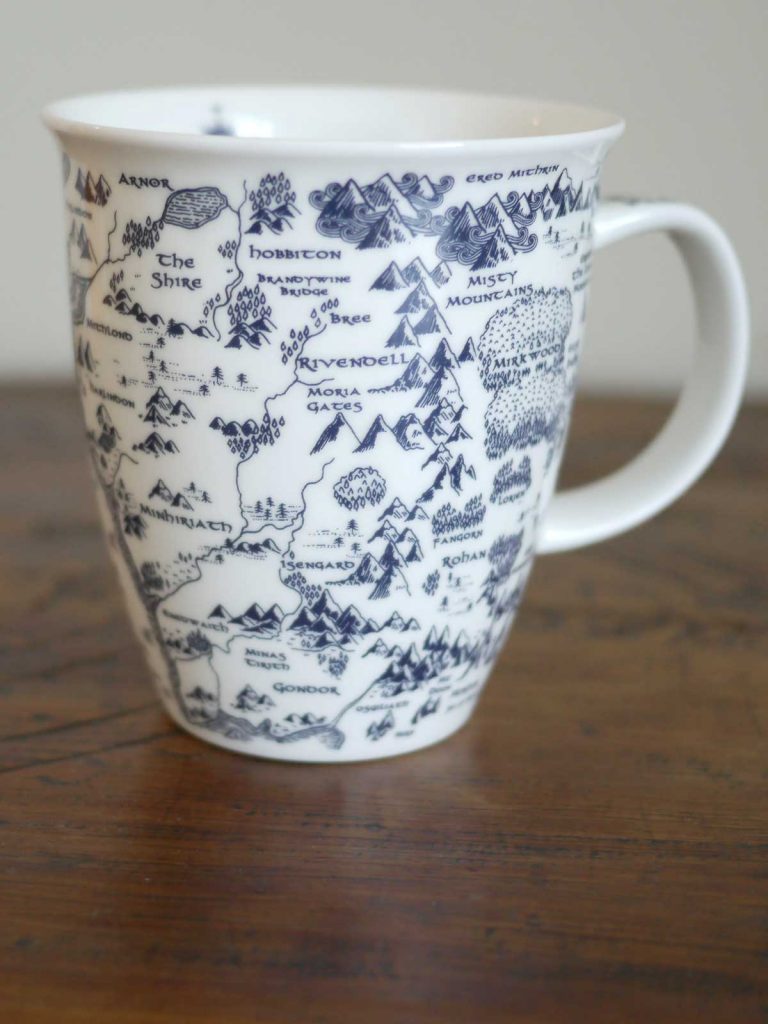


 https://oschaslings.com
https://oschaslings.com